At K 2025, P&G unveiled an innovation in mechanical recycling developed in collaboration with Lindner - Flexloop. The new process uses a solvent-based extraction process to remove impurities, odours, adhesives and printing inks from used plastic packs. Packaging Europe’s Elisabeth Skoda sat down with Lee Ellen Drechsler, Senior Vice President for Research and Development at P&G to discuss the recent launch, developments in mechanical recycling especially in the area of flexibles and the company’s sustainability pledges.
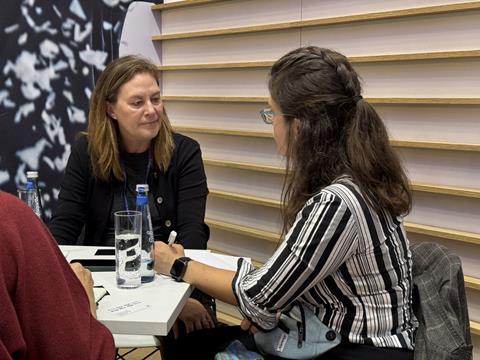
From cleaning to recycling
P&G’s journey into recycling innovation began, as Drechsler explains, with the company’s expertise in cleaning products.
“It really started with a handful of experts in my lab who thought, ‘we can take our cleaning expertise, for examples with enzymes in laundry products, and repurpose it,’” she recalls.
That early curiosity turned into a $20,000 internal experiment a decade ago, which grew and evolved into major industry collaborations.
“We realized the debate about whether mechanical or chemical recycling was better was unnecessary,” she says. “There should be something in between. If you use solvency in the right way - and that’s something we’re very good at - you can create a third path. That became the foundation for Flexloop.”
The project also fit naturally into P&G’s broader approach to sustainability. “We see these initiatives as our third pillar of sustainability,” Drechsler explains. “When something needs to happen industry-wide and we have the science and motivation to start it, we do, and then find partners to help us grow.”
Having a partner was also important from an economic standpoint.
“The scale needed to make recycling a viable business model was far beyond what P&G alone could absorb,” Drechsler notes. “From the beginning, we knew collaboration was key.”
Inside the Flexloop solvent washing technology
Flexloop, a solvent-based film cleaning process, was developed with Austrian recycling technology provider Lindner, chosen by P&G because of their expertise in water washing and building machines for mechanical recycling.
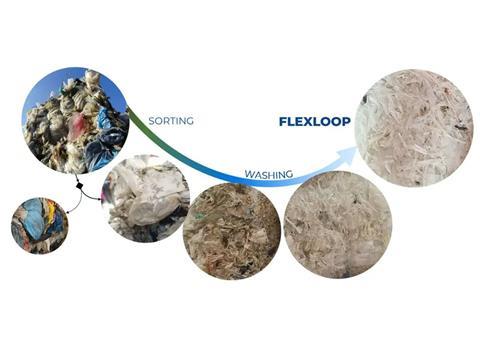
Unlike conventional hot or cold water washing, Flexloop uses a carefully formulated solvent designed to penetrate multilayer films and draw out contaminants that water alone can’t reach. “The solvent chemistry is tuned so that the typical contaminants prefer the solvent instead of the polymer,” Drechsler explains. “Then, through controlled friction and flow, those impurities are extracted efficiently. The film is then dried from the solvent and recovered.”
The innovation is particularly significant for flexible packaging, which is a notoriously difficult material stream. “It’s ironic,” she says, “because films and flexibles are among the most efficient materials for lightweight, user-friendly packaging, and yet they’re amongst the hardest materials to recycle. Breaking that conundrum is what we’re trying to do.”
The first demonstration line is already under construction in Austria and is expected to start running by the end of the year. “This will be the stage where LINDNER can start inviting customers in, demonstrating performance with real machines, and answering real questions,” Drechsler says.
Flexloop is designed not as a replacement but as an enhancement to existing systems. “It’s not an alternative to hot washing, but it’s a module,” she emphasizes. “You should absolutely keep using the best sorting and water washing you can, and then this comes next. It does take a bit more energy, but it yields cleaner material that compares favourably even in terms of carbon footprint.”
During development, there was strong focus on keeping the carbon footprint in check and containing the solvent.
“Containment of the solvent was a must-have,” she says. “It would be expensive and environmentally counterproductive to lose any of it. So we designed a contained, closed-loop process. A low life cycle assessment was one of our non-negotiables from day one.”
Collaboration as a catalyst
Partnerships are integral to P&G’s approach. Drechsler credits the company’s collaboration model for ensuring scientific rigor and scalability. “When both partners are putting money, time, and energy into something, you get a lot more discipline about whether to keep going or stop,” she said. “It helps avoid falling in love with your own solution.”
Flexloop is just one part of P&G’s broader recycling technology pipeline. The company is also a co-developer of PureCycle’s polypropylene dissolution recycling, now operating commercially and supplying recycled resin to P&G brands. Similar work is underway with Dow for polyethylene.
“We’re qualifying PureCycle’s polypropylene today, and with Dow, we’re extending a simliar idea to polyethylene. We’re also working with Dow on low-carbon feedstock for ethylene and derivatives.”
Beyond plastics, P&G is exploring solutions to reduce packaging. “We’ve licensed laser marking technology that can replace back labels on packages,” she reveals. “It’s an incredibly fast way to engrave ingredient lists and claims directly on packaging, eliminating inks and adhesives. It gives us more design freedom and reduces material use.”
Aligning with Ambition 2030 and Net Zero 2040
These innovations tie directly into P&G’s “Ambition 2030” and “Net Zero 2040” sustainability frameworks. “With Ambition 2030, we are going for our packaging goals first,” Drechsler explains. “Reducing virgin plastic use, lightweighting and increasing post-consumer recycled content means we need better and more plentiful PCR streams in order to succeed. This work is absolutely central to achieving what we promised, and it aligns with emerging regulations in both Europe, such as the PPWR and emerging regulation in the U.S. The challenge we face here is insufficient quantity and quality of recycled materials.”
The company’s efforts to decarbonize upstream supply chains connect directly to its Net Zero 2040 target. “To reach net zero, we have to address emissions all the way back to raw materials,” she says. “Our low-carbon feedstock projects with Dow are key to that.”
Tracking progress requires greater visibility. “We’ve digitized a lot of the data that used to live in silos,” Drechsler says. “Now we can see almost in real time where we need to act. It’s a different world from three years ago.”
While 2040 may seem distant, Drechsler insists P&G is on track. “We’re making steady progress. We can’t just sprint at the end. We’re integrating change at a pace that’s sustainable for our manufacturing scale.”
Navigating economic and industry headwinds
The recycling sector has faced turbulence in recent years, with some recyclers shutting down in Europe, recycled feedstock struggling to compete with often cheaper virgin plastics, and sustainability moving from the top of the agenda in some countries. But Drechsler remains optimistic.
“All of that is tough,” she acknowledges, “but companies like P&G are large enough to weather cycles and lead consistently. We can help stabilize the system by making long-term commitments, not pulling out at the first sign of trouble, and helping partners fix quality issues instead of walking away.”
She adds that the downturn has also spurred innovation. “Amidst the challenges, we’re seeing better sorting technologies, new business models, and real innovation happening Europe.”
For P&G, the consumer mandate is clear. “Our consumers still expect sustainable packaging, even in the US, where there is less focus on sustainability right now, and they’re right to do so. That’s why we don’t treat ‘sustainable’ as a separate option; it’s just how we do things now.”
Keeping sustainability front and centre
While some brand owners have scaled back sustainability efforts amid economic pressure, P&G is holding firm. “We’ve been able to stay committed because we treat performance, value, and sustainability as inseparable,” Drechsler says. “Every innovation has to meet all three. It makes for tough internal discussions, but as an innovator, I love constraints. They make us smarter by figuring out solutions.”
This mindset has allowed P&G to continue investing in circular technologies even when short-term economics make them challenging. “We’re not just doing the sustainable version of something - we’re doing it as the version,” she emphasizes.
The road ahead: scaling purity and adoption
Looking forward, Drechsler sees enormous potential for technologies like Flexloop to make recycled plastics mainstream. “Once we can demonstrate how much impurity removal is possible, we’ll see widespread use of recyclate in flexible hygiene packaging, areas that have really struggled until now,” she predicts.
Food applications will follow once the process is fully validated for safety. “That will take longer because of regulatory proof points, but it’s coming,” she says. “Ultimately, I want to live in a world where we can use all the flexible PCR which is clean, consistent, and circular.”

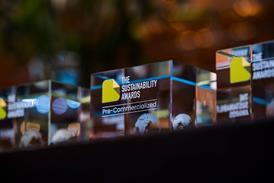
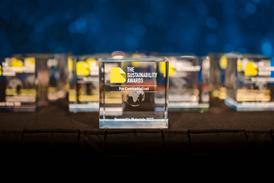
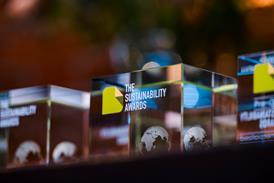
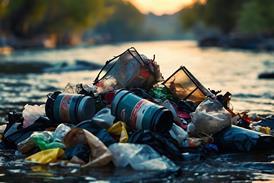
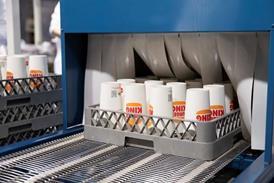












No comments yet